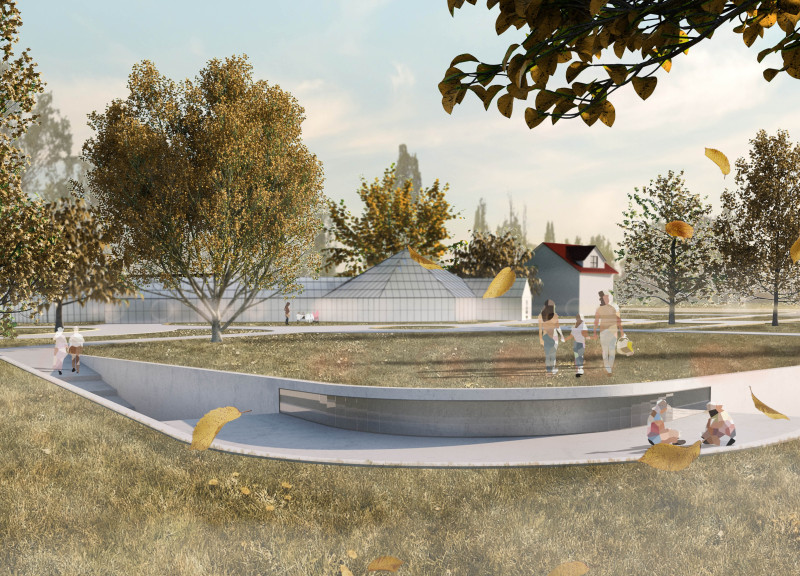5 key facts about this project
The Last Genocide Memorial is a thoughtful space designed to honor those affected by war and loss. Located in an area rich with history, the memorial functions as both a tribute and a refuge for emotional release and forgiveness. The design concept focuses on navigating grief and healing, guiding visitors from a place of sorrow toward a sense of reconciliation.
Symbolism and Structure
The design of the memorial connects elements of heaven and earth, representing the duality of loss and hope. The structure invites individuals to confront their emotions, acting as a physical reminder of the burden of grief. This relationship between the building and its deeper meanings encourages a reflective journey through personal and shared experiences of trauma.
Lighting as Experience
Lighting is integral to the memorial's atmosphere. Diffuse light streaming through carefully positioned windows creates a calm environment ideal for contemplation. As visitors move through the space, the changing light helps them transition emotionally, linking their internal experience with the outside world. This intentional use of light underlines the memorial's purpose by allowing visitors to feel relief when they exit.
Emotional Engagement
Visitors are encouraged to actively participate in their experience of the memorial, creating a collective space for remembrance and healing. The design helps individuals face feelings of anger tied to their losses, promoting an environment where forgiveness can be explored. The path from sorrow to acceptance is carefully considered, allowing the memorial to become a place for processing emotions in a communal setting.
The detailing within the memorial contributes to its meditative quality. Subtle textures and forms add to the sense of peace in the space. This focus on design and arrangement deepens the connection to the memorial's purpose, making the experience of releasing anger as meaningful as remembering those who have been lost.





















































